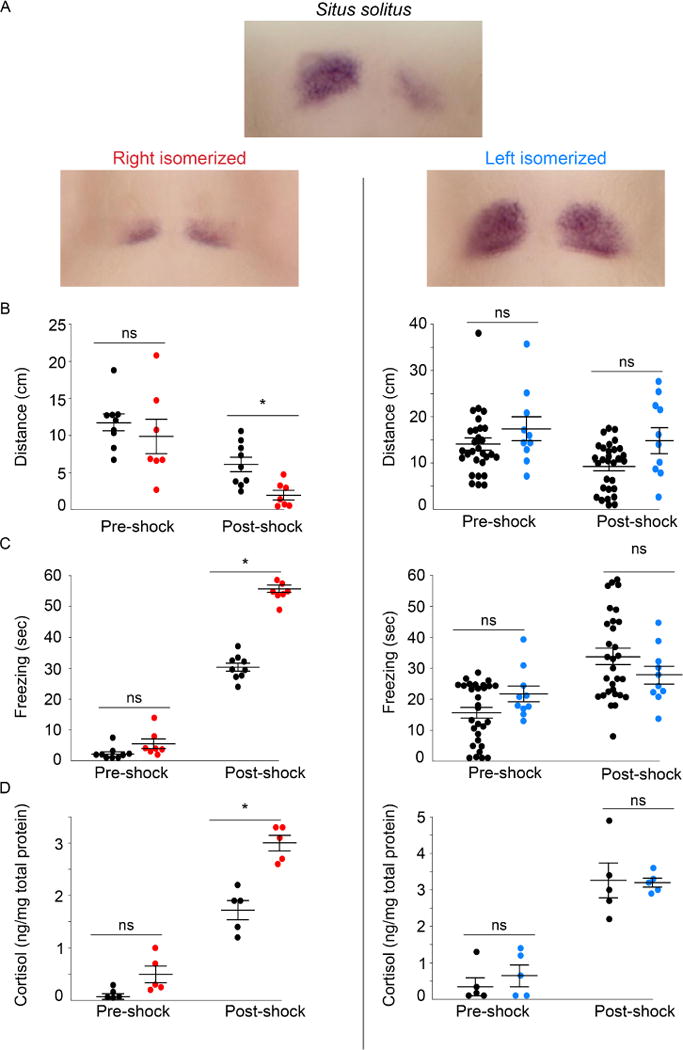Fig. 3. Fear responses are diminished by dHb with left identity.

(A) Expression pattern of kctd12.1 in 7–8 d larvae with typical situs (situs solitus) and those with right (red) or left (blue) isomerized dHb. Following shock, larvae with right isomerized dHb (n=7) show (B) a significant reduction in swimming (Mann-Whitney U=6; p<0.01), and a significant increase in (C) freezing duration (Mann-Whitney U=91; p<0.001) and (D) cortisol levels (Mann-Whitney U=0; p<0.001) compared to controls (n=9). Significant differences were not observed between larvae with left isomerized dHb (n=10) and their wild-type siblings (n=30) for (B′) distance traveled (Mann-Whitney U=110; p = 0.221), (C′) freezing duration (Mann-Whitney U=71; p=0.07) or (D′) cortisol levels (averaged from 5 pools of 15 larvae; Mann-Whitney U=10.5; p=0.7302) post-shock. Horizontal bars representing mean ±SEM are superimposed over scatter plots of individual larvae (circles). In B and C, pre- and post-shock measurements correspond to 1-min intervals. No significance (ns) and significance below p=0.05 (*) are denoted. See also Figure S1.
